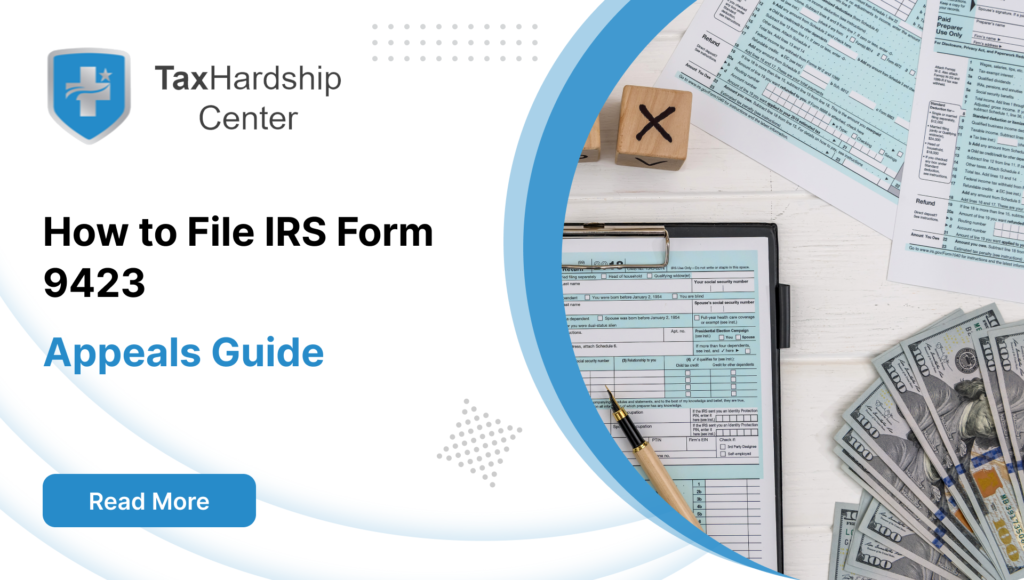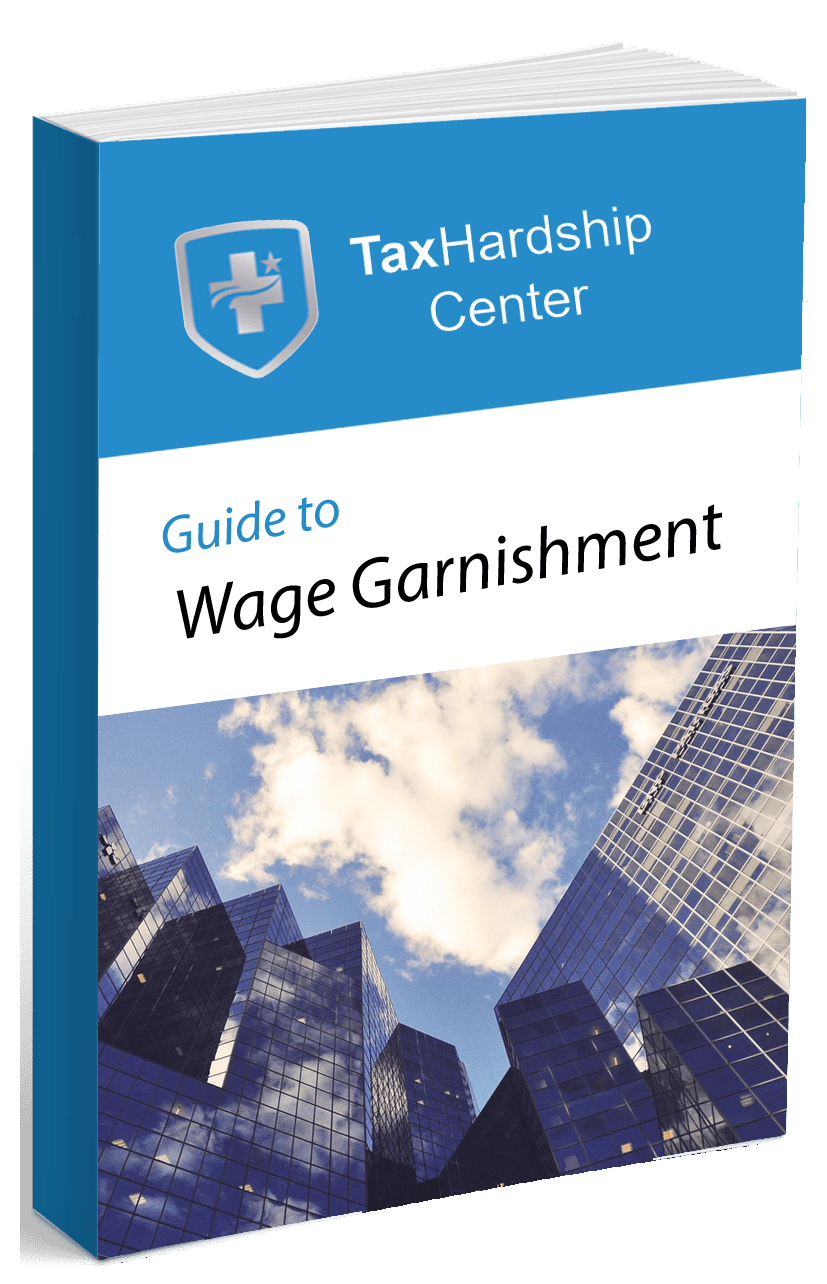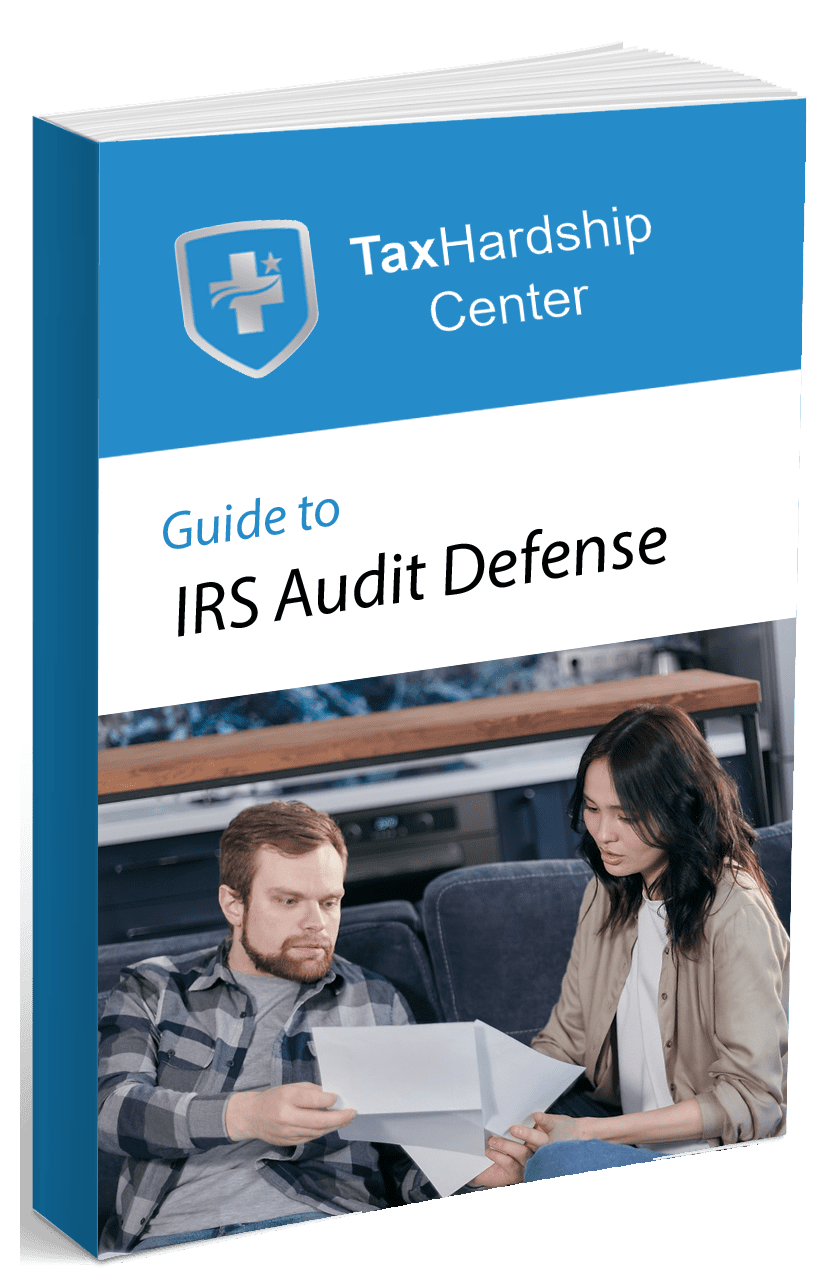As individuals become increasingly aware of the importance of strategizing for retirement, Roth 403(b) retirement plans have garnered significant attention. These plans are emerging as a popular choice among savvy savers seeking tax-efficient solutions to bolster their retirement savings.
Whether you’re an employee of a public school, a non-profit organization, or certain religious institutions, understanding the ins and outs of a Roth 403(b) can help you make informed decisions that align with your financial goals.
What is a Roth 403(b) Retirement Plan?
Definition
A Roth 403(b) is a 403(b) plan funded with after-tax dollars. Unlike traditional 403(b) plans, funded with pre-tax dollars and taxed upon withdrawal, Roth 403(b) plans offer tax-free withdrawals during retirement. This means that while contributions to a Roth 403(b) do not reduce your taxable income in the year they are made, the money grows tax-free, and qualified withdrawals are also tax-free. This tax advantage can benefit those anticipating a higher tax bracket during retirement, providing significant tax savings and financial flexibility.
Eligibility
Roth 403(b) plans are typically offered to employees of public schools, non-profit organizations, and certain religious institutions. The employer generally determines eligibility, and most employees of these institutions are eligible to participate. This accessibility makes the Roth 403(b) an attractive option for many individuals seeking to enhance their retirement savings tax-efficiently. Understanding your eligibility and taking advantage of this retirement plan can be crucial in building a robust financial future.
How Tax Hardship Center Eases Retirement Planning with Roth 403(b) Plans
Navigating the complexities of retirement planning, including the intricacies of a Roth 403(b) plan, can be overwhelming. At Tax Hardship Center, we understand individuals’ challenges and are here to help ensure a smooth retirement planning process.
Our experts can assist with:
- Understanding Roth 403(b) Plans: We’ll guide you through the details of a Roth 403(b) plan, helping you understand the benefits and eligibility requirements.
- Maximizing Contributions: To help you optimize your retirement savings, we advise taking advantage of annual contribution limits and catch-up contributions.
- Tailored Investment Strategies: We offer continuous support to help you tailor your investment strategy within your Roth 403(b) to align with your retirement goals and risk tolerance.
- Tax Planning Advice: Receive personalized advice on tax planning to optimize your financial situation and ensure you benefit from tax-free growth and withdrawals in retirement.
Focus on enhancing your retirement savings with a Roth 403(b); we’ll handle the complexities! Schedule a free consultation with the Tax Hardship Center today.
Contributions to a Roth 403(b)
How Contributions Work
Contributing to a Roth 403(b) involves making after-tax contributions. This means that contributions do not reduce your current taxable income. The IRS sets annual contribution limits for Roth 403(b) plans. For 2023, the contribution limit is $22,500, with an additional catch-up contribution of $7,500 available for individuals aged 50 and older. These contributions are subject to the overall contribution limits for 403(b) plans, so it’s essential to stay within these guidelines to avoid potential penalties. Understanding and adhering to these limits allows you to maximize your contributions and take full advantage of the benefits a Roth 403(b) offers.
Benefits of After-Tax Contributions
One of the primary benefits of making after-tax contributions to a Roth 403(b) is the potential for tax-free growth. Since contributions are made with after-tax dollars, any earnings within the account can grow tax-free. When you reach retirement age and are eligible to withdraw, those withdrawals will also be tax-free, provided certain conditions are met. This can result in significant tax savings during retirement, particularly if you expect to be in a higher tax bracket. The foresight to contribute now can lead to substantial financial benefits in the future, enhancing your retirement security.
Roth 403(b) vs. Traditional 403(b)
Key Differences
The key differences between Roth 403(b) and traditional 403(b) plans lie in their tax treatment. Contributions to traditional 403(b) plans are made with pre-tax dollars, reducing your taxable income in the year the contributions are made. However, withdrawals in retirement are taxed as ordinary income. In contrast, Roth 403(b) contributions are made with after-tax dollars, and withdrawals in retirement are tax-free, provided certain conditions are met. This distinction makes Roth 403(b) plans a favorable option for those anticipating a higher tax bracket during retirement. Understanding these differences can help you choose the best plan for your financial situation and retirement goals.
Choosing the Right Plan for You
Deciding between a Roth 403(b) and a traditional 403(b) depends on your financial situation. A Roth 403(b) might be more advantageous due to its tax-free withdrawals if you expect a higher tax bracket during retirement. Conversely, a traditional 403(b) might provide immediate tax benefits if you anticipate a lower tax bracket. Consulting with a financial advisor can help you weigh these factors and choose the plan that best aligns with your retirement goals. Considering your current and future tax situations, you can make an informed decision supporting your long-term financial well-being.
Investment Options within a Roth 403(b)
Diverse Investment Choices
One of the appealing features of a Roth 403(b) is the diverse range of investment options available. These can include mutual funds, annuities, and other investment vehicles. This diversity allows you to tailor your investment strategy to align with your risk tolerance and retirement goals. Whether you prefer the stability of fixed-income investments or the growth potential of equities, a Roth 403(b) can accommodate your investment preferences. You can create a balanced and effective portfolio by choosing investments that align with your financial objectives.
Tailoring Investments to Your Goals
Selecting the right investments within your Roth 403(b) is crucial to achieving your retirement objectives. Consider your time horizon, risk tolerance, and overall financial goals. For instance, younger individuals with a longer time horizon might opt for more aggressive investments, while those closer to retirement might prioritize more conservative options. Regularly reviewing and adjusting your investment portfolio can help ensure it remains aligned with your evolving goals. This proactive approach can help you navigate market fluctuations and stay on track to meet your retirement targets.
Tax Benefits of a Roth 403(b)
Tax-Free Growth:
- Compound Interest on Steroids: As you mentioned, tax-free growth allows interest earned on your contributions to snowball. This compounding effect can significantly boost your retirement nest egg compared to a taxable account.
- Flexibility During Working Years: Since contributions are made with after-tax dollars, your current income isn’t lowered, potentially putting you in a higher tax bracket. This can be beneficial if you expect to be in a lower tax bracket in retirement.
Withdrawal Advantages:
- More Than Retirement: Roth 403(b) funds can be accessed penalty-free for qualified expenses beyond retirement, such as a first-time home purchase or educational costs for yourself or your children.
- Estate Planning Benefit: Unlike traditional 403(b)s, Roth 403(b)s don’t have required minimum distributions (RMDs) starting at age 72. This allows you to leave more money to heirs in a higher tax bracket than you.
Additional Points:
- Higher Contribution Limits: Compared to Roth IRAs, Roth 403(b)s offer higher contribution limits in 2024, reaching $23,000 for individuals under 50 and an additional $7,500 catch-up contribution for those 50 and over.
- Potential Employer Match: Some employers offer matching contributions for Roth 403(b)s, giving you free retirement money.
Remember: Consult with a financial advisor to determine if a Roth 403(b) is the best option for your situation and tax goals.
Strategies for Maximizing Your Roth 403(b)
Contribution Strategies
To maximize your Roth 403(b) benefits, consider strategies such as contributing the maximum allowable amount each year. Taking advantage of catch-up contributions if you’re 50 or older can also help boost your retirement savings. Additionally, automating your contributions can ensure consistent and timely contributions, helping you stay on track with your retirement goals. By adopting these strategies, you can make the most of your Roth 403(b) and build a substantial nest egg for your future.
Rollovers and Conversions
Another strategy to consider is rolling over funds from other retirement accounts into your Roth 403(b). This can include converting a traditional 403(b) or other retirement accounts, such as a Roth IRA, into a Roth 403(b). While this can result in a taxable event in the year of the conversion, it can also simplify your retirement planning and consolidate your savings into a single, tax-efficient account. By carefully planning and executing rollovers and conversions, you can streamline your retirement strategy and take full advantage of the Roth 403(b) benefits.
Navigating the Rules and Regulations
Understanding the Fine Print
Understanding the rules and regulations surrounding Roth 403(b) plans is essential to avoid pitfalls. This includes adhering to contribution limits, ensuring eligible withdrawals, and understanding the implications of rollovers and conversions. Familiarizing yourself with the IRS guidelines can help you stay compliant and maximize your Roth 403(b). By staying informed and vigilant, you can confidently navigate your retirement plan’s complexities.
Staying Compliant
Monitoring your contributions, withdrawals, and rollovers or conversions is crucial to complying with IRS regulations. Regularly reviewing your account statements and consulting with a financial advisor can help you stay within the guidelines and avoid costly penalties. Staying informed and proactive can ensure your Roth 403(b) remains valuable to your retirement strategy. Maintaining compliance and keeping up with regulatory changes can protect your retirement savings and help you achieve your financial goals.
Conclusion
Roth 403(b) plans to offer a compelling retirement solution for employees of public schools, non-profit organizations, and certain religious institutions. With their potential for tax-free growth and withdrawals, diverse investment options, and strategic advantages, Roth 403(b) plans can be crucial to a well-rounded retirement strategy. By understanding the key differences between Roth and traditional 403(b) plans, tailoring your investments to your goals, and staying informed about the rules and regulations, you can make informed decisions that enhance your retirement planning.
Why Tax Hardship Center?
1. Hassle-Free Assistance:
Say goodbye to sleepless nights and endless tax-related stress. At the Tax Hardship Center, we believe in simplifying the complex. Our team of experts is dedicated to guiding you through every step of the process, ensuring that your tax concerns are met with precision and care.
2. 14-Day Money Back Guarantee:
We’re so confident in our ability to ease your tax worries that we offer a 14-day money-back guarantee. If, for any reason, you’re not satisfied with our service, we’ll gladly refund your investment. Your peace of mind is our top priority!
3. Free Consultation:
Are you curious about how we can transform your tax experience? Book a free consultation now! Our team will assess your situation, answer your questions, and provide free insights tailored to your needs.
4. Nationwide Coverage:
No matter which corner of the United States you call home, the Tax Hardship Center covers you. We proudly serve all 50 states, bringing our expertise to your doorstep. Wherever you are, our commitment to excellence follows.
FAQs:
1. What is a Roth 403(b) retirement plan?
A Roth 403(b) is a retirement savings plan that allows employees of public schools, non-profits, and certain religious institutions to contribute after-tax dollars. The main advantage is that qualified withdrawals during retirement are tax-free, providing significant tax savings.
2. Who can contribute to a Roth 403(b) plan?
Employees of public schools, non-profit organizations, and certain religious institutions are generally eligible to contribute to a Roth 403(b) plan. Eligibility is determined by the employer, making it accessible to most employees within these sectors.
3. What are the contribution limits for a Roth 403(b) 2023?
For 2023, the annual contribution limit for a Roth 403(b) is $22,500. Additionally, individuals aged 50 and older can make a catch-up contribution of $7,500. These limits are part of the overall contribution caps for 403(b) plans.
4. How do Roth 403(b) contributions differ from traditional 403(b) contributions?
Roth 403(b) contributions are made with after-tax dollars, meaning they do not reduce your current taxable income, but qualified withdrawals are tax-free. Traditional 403(b) contributions are made with pre-tax dollars, reducing taxable income now, but withdrawals in retirement are taxed as ordinary income.
5. What are the main benefits of a Roth 403(b) plan?
The main benefits include tax-free growth of investments and tax-free withdrawals during retirement, provided certain conditions are met. This can result in substantial tax savings and financial flexibility, especially for those expecting to be in a higher tax bracket during retirement.








